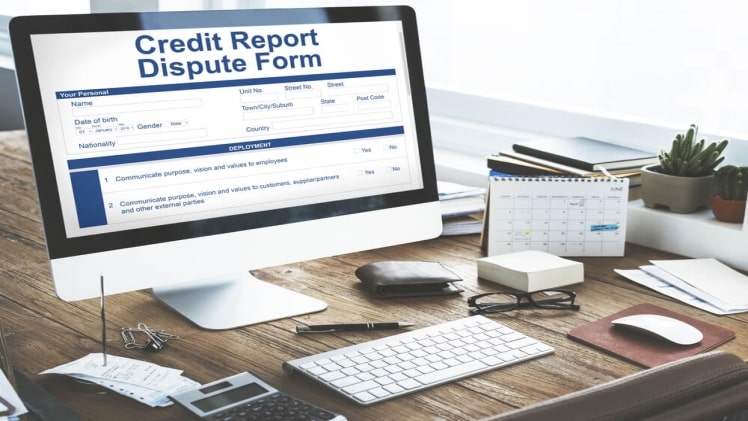If any of the organizations are planning to collect data on their own or get help from an external consultant, they mainly need to have sufficient information to make an informed decision about how to proceed. Some of the important facts about the dokumenty kolekcjonerskie have been discussed in this article.
Important steps involved in the collection of the documents
Documentary collection is mainly a type of procedure. This mainly allows a seller to provide their bank instructions to forward any trade-related documents to the bank of the buyer. Below are some of the essential steps that are mainly involved in the collection of documents:
- The buyer, as well as the seller, must agree on the shipping dates, terms of sale, etc They must also agree that payment will be made on the documentary collection basis.
- The exporter, with the help of a freight mover, mainly arranges for the delivery of goods to the place of departure such as a port or airport.
- The forwarder mainly delivers the goods to the point of departure
as well as prepares the required documentation which is mainly based on
instructions as received from the exporter.
1. The export documents, as well as instructions, are mainly delivered to the
Exporter’s bank either with the help of the exporter or the freight forwarder mainly based on the instructions provided by the exporter, the bank mainly processes the documents as well as forwards them to the buyer’s bank.
2. The buyer’s bank, on the receipt of documents, mainly contacts the
buyer. Then they request for the payment or acceptance of the trade draft.
3. Once the payment is made or acceptance of the draft, the documents are mainly released to the buyer.
Top advantages of the collector’s documents
Below are some of the important advantages of documentary collection:
- This is mainly a simple, as well as inexpensive, handling of documents in comparison to letters of credit.
- There can be quicker receipt of payment in comparison to the open account terms.
- Seller mainly retains title to the goods until the payment or acceptance is being made.
The documentary collection would be mainly appropriate
where:
- The seller, as well as the buyer, mainly know each other to be reliable.
- There is no doubt about the buyer’s willingness or the ability to pay.
- The buyer’s country’s political as well as economic conditions must be stable.
- The importer’s country mainly does not have restrictive foreign exchange controls.
A documentary collection is mainly a type of transaction. This is where the exporter mainly approaches their bank which is known as the remitting bank. The bank, which is mainly acting as an agent for the seller or the exporter. They mainly present documents to the buyer through that party’s bank and in exchange mainly receive payment of the amount owed.
Different types of documentary collection:
- Documents against payment collection are mainly documents against payment collection that are executed.
- Documents against acceptance collection – In this case, the importer is mainly required to pay the exporter on a particular date or any future date.
These are some of the important facts to know about collector’s documents.

